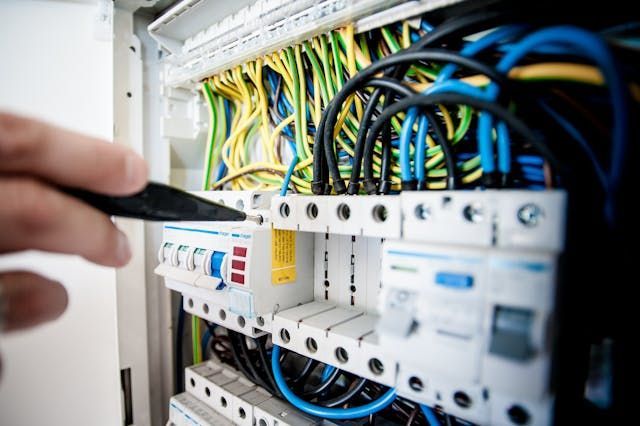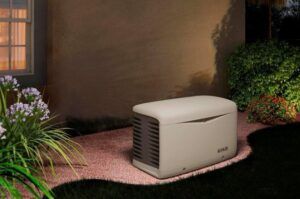How Can I Tell If My Thermostat Isn’t Working?
 A malfunctioning thermostat can be more than just an inconvenience—it can lead to discomfort in your home and wasted energy. Recognizing the signs of a faulty thermostat early can save you from bigger headaches down the road. Let’s explore some common thermostat issues and help you troubleshoot whether it’s time for a replacement.
A malfunctioning thermostat can be more than just an inconvenience—it can lead to discomfort in your home and wasted energy. Recognizing the signs of a faulty thermostat early can save you from bigger headaches down the road. Let’s explore some common thermostat issues and help you troubleshoot whether it’s time for a replacement.
5 Common Signs of a Malfunctioning Thermostat
- Inconsistent Temperatures: If you notice that your home’s temperature is fluctuating wildly or not matching the setting on your thermostat, it could be a sign of a malfunction. Your thermostat should maintain a consistent temperature once set, so any irregularities might indicate an issue.
- Unresponsive Controls: When you adjust your thermostat settings, the heating or cooling system should respond promptly. If your thermostat doesn’t seem to be registering changes or takes an unusually long time to adjust, it might be time for a replacement.
- HVAC System Won’t Turn On or Off: A key function of your thermostat is to communicate with your HVAC system to turn on or off as needed. If your system is constantly running or not kicking in when it should, your thermostat may be at fault.
- Incorrect Temperature Readings: If your thermostat displays a temperature that doesn’t match the actual room temperature, it could be malfunctioning. You can verify the accuracy by using an independent thermometer.
- Higher Energy Bills: An unexplained increase in your energy bills can be a subtle sign that your thermostat isn’t functioning efficiently. A faulty thermostat can cause your HVAC system to work harder than necessary, leading to higher costs.
Troubleshooting Your Thermostat
- Check the Batteries Sometimes, the solution is as simple as replacing the batteries. Low battery power can cause your thermostat to act erratically.
- Clean the Thermostat Dust and debris can interfere with your thermostat’s sensors. Gently clean the inside of the thermostat to ensure it’s free of dirt.
- Inspect Wiring Connections Loose or frayed wires can disrupt your thermostat’s communication with the HVAC system. Ensure all wiring is secure and in good condition.
- Reset the Thermostat Try resetting your thermostat to its factory settings. This can resolve any software glitches causing the malfunction.
When to Replace Your Thermostat
If troubleshooting steps don’t resolve the issue, it might be time to consider replacing your thermostat. Upgrading to a newer model can offer more precise temperature control, improved energy efficiency, and smart home integration features.
Ables, Inc. can help you get the thermostat you need for better comfort.
Don’t let a faulty thermostat haunt your home with discomfort and high energy bills. Stay ahead of the game by keeping an eye out for these common issues and ensuring your thermostat is in top working condition. Ables, Inc. is ready to help you with any thermostat concerns you may have. We can troubleshoot your thermostat, and if it isn’t working properly, we can install a new one. Just give us a call and we’ll be more than happy to assist you.
The post How Can I Tell If My Thermostat Isn’t Working? appeared first on Ables Inc..










